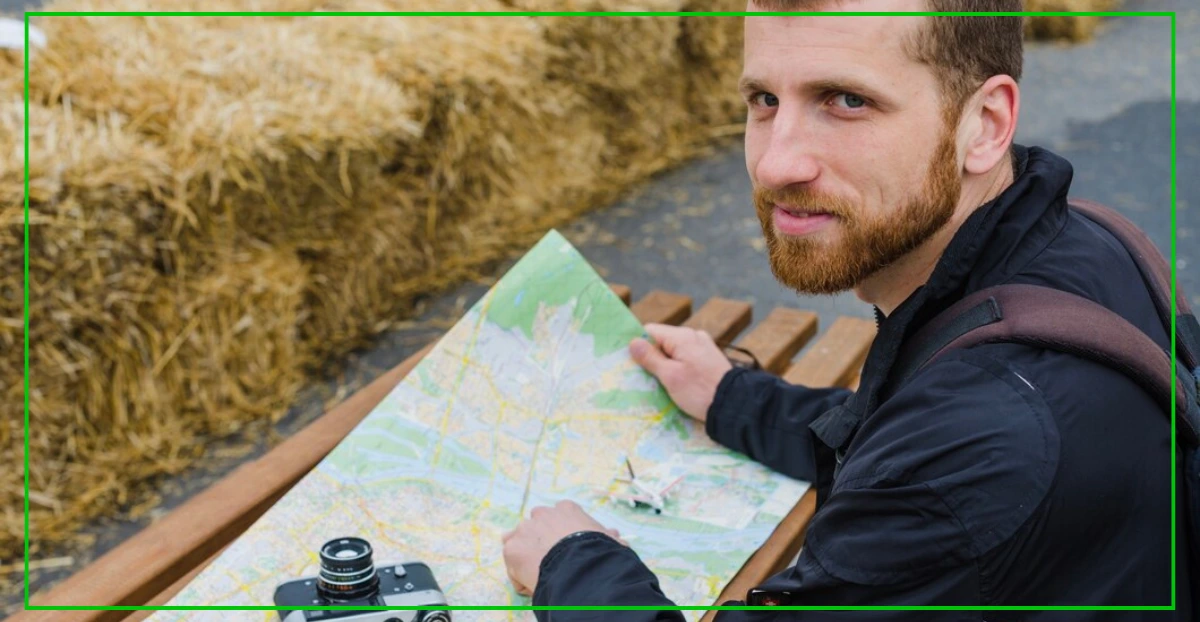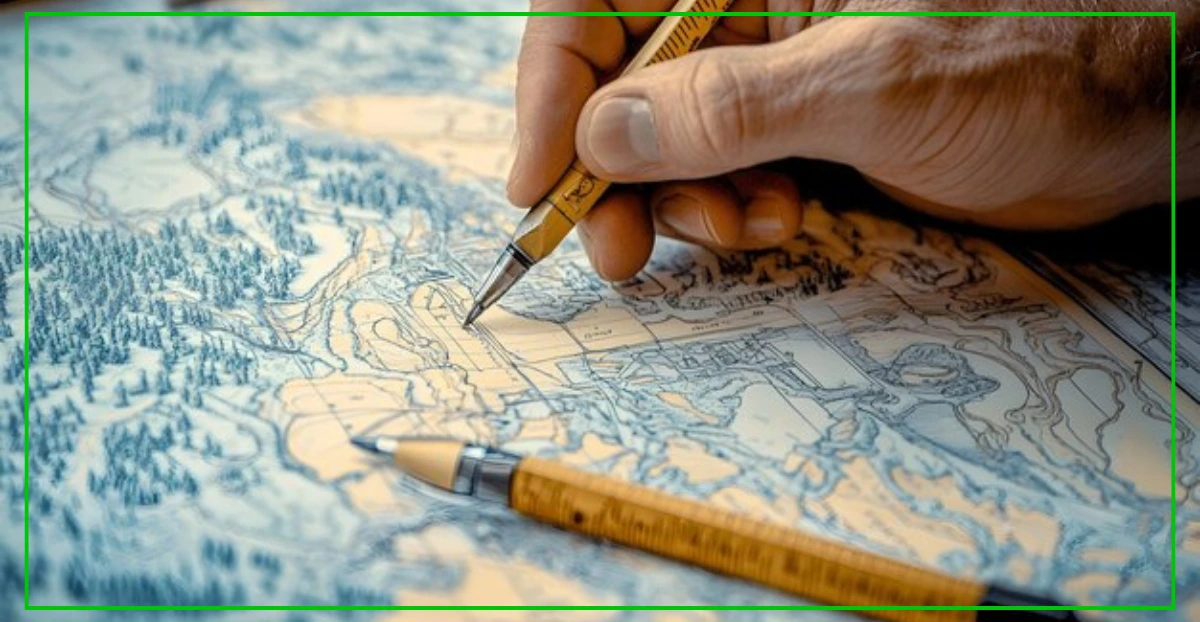Top 15 Cartography Technician Interview Questions and Answers
A Cartography Technician plays a crucial role in the field of geospatial analysis and mapping. They are responsible for creating, editing, and analyzing maps that serve various industries, including urban planning, environmental studies, transportation, and more. To secure a position as a Cartography Technician, you need to be well-prepared for the interview. This blog post will guide you through 15 common interview questions for Cartography Technicians, along with detailed answers to help you stand out and showcase your expertise. 15 Cartography Technician Interview Questions and Answers 1. What are the key responsibilities of a Cartography Technician? Answer: The main responsibilities of a Cartography Technician include data collection, map creation, and editing. They work with GIS software, digitize geographical information, ensure data accuracy, and create visual representations of spatial data. They may also assist in updating and maintaining geospatial databases and collaborate with other departments for specific mapping projects. 2. Which GIS software tools are you proficient in, and how have you used them in past projects? Answer: I am proficient in using GIS software tools such as ArcGIS, QGIS, and AutoCAD Map 3D. For example, in my previous role, I used ArcGIS for digitizing land parcels and creating thematic maps. I utilized QGIS for data analysis due to its open-source plugins, and AutoCAD Map 3D helped in integrating CAD data with geospatial data for infrastructure projects. 3. Can you explain the difference between vector and raster data, and when you would use each? Answer: Vector data represents geographic features using points, lines, and polygons, making it suitable for precise data like property boundaries or roads. Raster data consists of pixels or cells, often used for continuous data like satellite imagery or elevation models. I use vector data when mapping discrete features and raster data for analyzing spatial phenomena like temperature variations. 4. How do you ensure the accuracy of the data used in map creation? Answer: To ensure data accuracy, I cross-reference multiple data sources, verify against ground-truth data, and use quality control measures like topology checks in GIS software. I also review metadata to assess the source and date of the data, ensuring it is up-to-date and reliable. 5. Describe a challenging project you worked on and how you handled it. Answer: In one project, I was tasked with updating a city’s zoning map, but the existing data was outdated and inconsistent. I conducted a data audit, identified discrepancies, and collaborated with the local planning department for updated information. Through careful data integration and verification, I successfully completed the project with accurate and reliable outputs. Read Also: 15 Cartographic Drafter Interview Questions and Answers 6. What steps do you take to design a map that is both accurate and visually appealing? Answer: I start by understanding the map’s purpose and target audience. I ensure accuracy by using verified data sources and applying appropriate symbology. For visual appeal, I focus on clear color schemes, intuitive legends, and balanced labeling. I also adhere to cartographic principles like scale, hierarchy, and alignment to enhance the map’s readability. 7. How do you decide on the appropriate map projection for a given project? Answer: Choosing a map projection depends on the map’s purpose and the area being represented. For example, I use UTM for small areas requiring high precision, while Albers Equal Area is suitable for thematic maps of larger regions. I consider factors like distortion, area, and shape to ensure the projection is appropriate for the project’s needs. Read Also: 15 Cartographic Designer Interview Questions 8. What techniques do you use to integrate data from multiple sources? Answer: I use GIS tools like georeferencing and spatial joins to align data from different sources. I also standardize data formats and attributes to ensure consistency. When integrating diverse datasets, I perform a thorough quality check to identify and resolve any discrepancies. 9. Can you explain the importance of scale in cartography? Answer: Scale is crucial in cartography because it dictates the level of detail and the map’s usability. A larger scale (e.g., 1:10,000) provides more detail and is used for local maps, while a smaller scale (e.g., 1:1,000,000) is suitable for regional or global maps with generalized features. Choosing the right scale helps convey the correct information without overwhelming the viewer. Read Also: Top 17 Cartographer Interview Questions 10. How do you handle labeling in areas of a map where features are densely packed? Answer: In densely packed areas, I use dynamic labeling tools in GIS software to prevent overlap and clutter. I may also apply abbreviations or use leader lines to ensure all labels are readable. Additionally, I prioritize important features and adjust the font size and style for clarity. 11. What is your experience with creating thematic maps? Answer: I have extensive experience creating thematic maps for various projects, such as population density and land use analysis. I use classification techniques like natural breaks or equal intervals to represent data accurately. I also select color schemes that are intuitive and easy to interpret, enhancing the map’s effectiveness. 12. How do you ensure that your map designs are accessible to users with visual impairments? Answer: I use high-contrast color schemes and avoid using color combinations that are problematic for color-blind users (e.g., red-green). I also include texture patterns and clear symbology to differentiate features without relying solely on color. Adding descriptive labels and legends helps make the map more accessible. Read Also: 15 Must-Ask Interview Questions for Cartographer 13. Describe a time when you received client feedback that required major changes to a map. How did you handle it? Answer: In a previous project, a client requested changes to the color scheme and symbology to align with their branding guidelines. I reviewed the feedback, made the necessary adjustments, and presented a revised version that met their expectations while maintaining the map’s clarity and accuracy. I maintained open communication throughout the process to ensure client satisfaction. 14. What are some common cartographic errors you have seen, and how do you avoid them? Answer: Common … Read more

